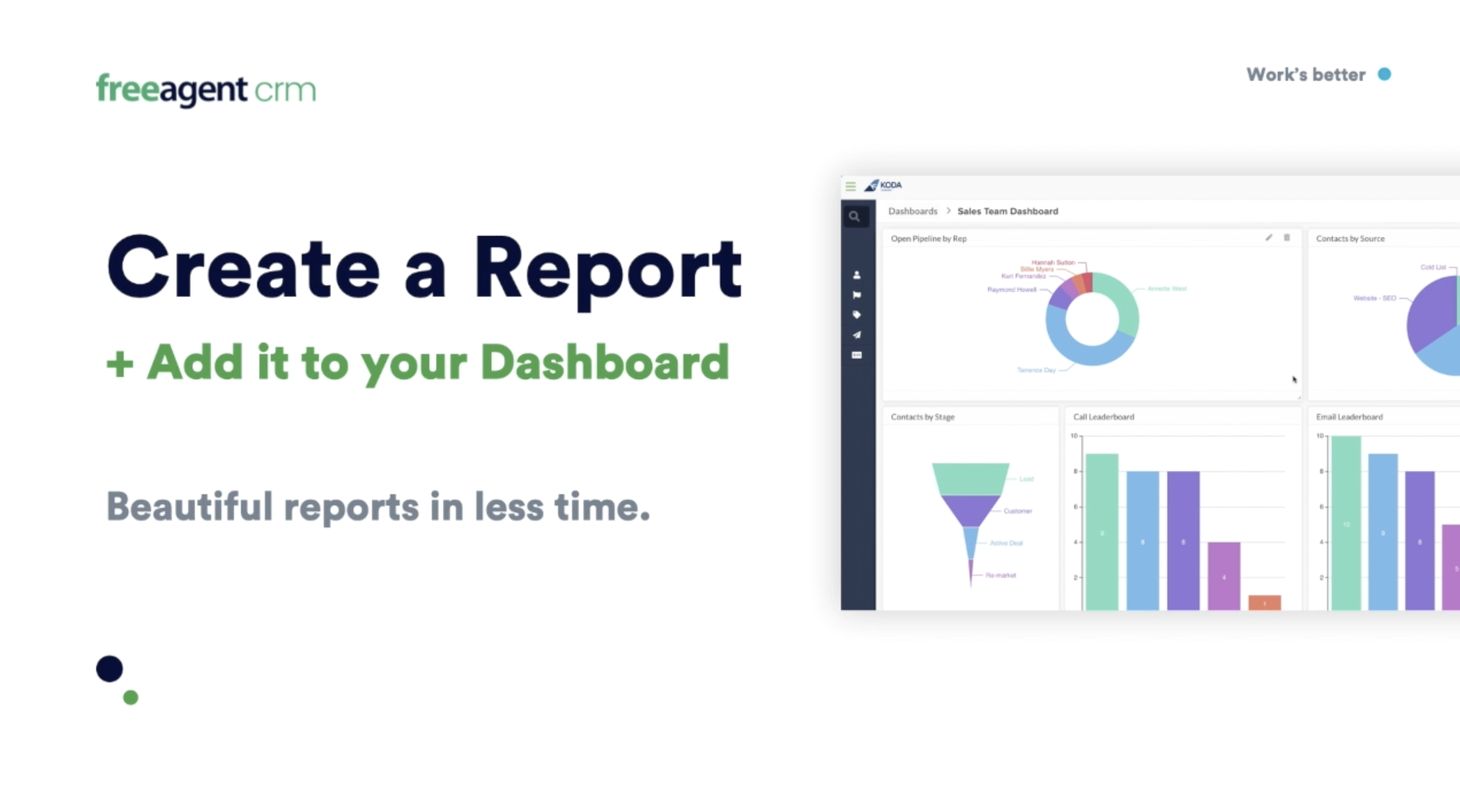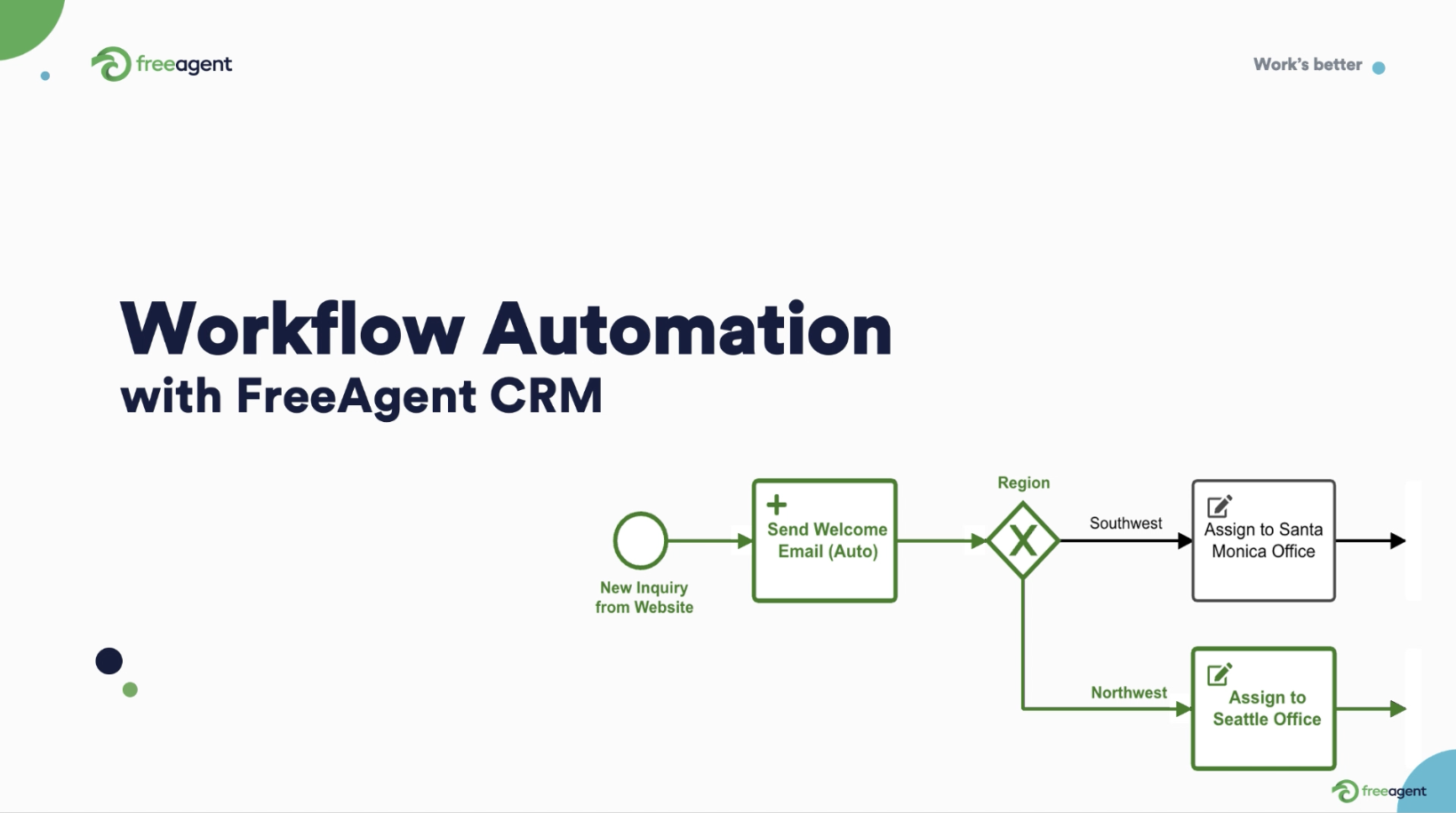Email has become the most important tool for online communication in both casual and professional settings. Practically every organization today relies on it to communicate with employees, vendors, customers, and more.
It’s a central tool that still trumps newer communication tools like Slack.
That said, sending and receiving emails tends to take up too much of the workday for many professionals. Similar to how some time-consuming meetings should have been emails, in some cases in-person communication is better than email.
Regardless, email is still the primary method to deliver official messages and create records of conversations.
We’ve gathered some important work email statistics that show our reliance on the tool in the workplace.
Let’s dive right in.
1. On average, workers receive 74 emails during the workday while only sending 26 emails (Source)

During the entire traditional work week, the average person receives around 368 emails while sending only 130 emails. During the weekend, the average number of received emails is 40 while the average number of sent emails is 11.
The data also shows that the volume of emails is the highest on Wednesdays and Tuesdays, followed by Thursdays, Mondays, and Fridays.
Furthermore, the average number of emails received on a Saturday is 21.1 and the average number of emails sent is 5.9. Meanwhile, the average number of emails received on Sundays is 19.4 while the average number of emails sent is 5.4.
These numbers exclude emails that end up in spam folders.
The data also shows that the fastest response times tend to be on Tuesdays and Mondays, at 9 hours and 12 minutes and 9 hours and 35 minutes, respectively.
From Wednesday to Friday, the average response times gradually increase, with Friday having an average response time of 15 hours and 54 minutes.
Compared to all days in the week, Saturdays tend to have the highest average response times at 23 hours and 40 minutes.
Mass emails are the reason so many more emails are received than sent. For example, organizations will use email to send out a company-wide memo. Typically, these emails don’t require a response.
The same goes for interactions between managers and the employees.
During the day, this number adds up, leading to higher numbers of emails received than sent.
2. 15.8% of emailer users don’t use signatures (Source)

Meanwhile, 63.2% of email users utilize footers/signatures to share links to their social media profiles, and 21.1% use signatures but don’t include social media or any other kinds of links.
Adding an email signature can have a massive impact on how professional and trustworthy your email looks. A signature shows who you are, your job title, and other contact information such as your phone number, LinkedIn, and Calendly.
On top of that, emails with no signatures may not comply with certain email laws and be treated as spam. Therefore, adding email footers can improve your email deliverability rates, even within organizations.
Email signatures allow you to deliver important professional information so the recipient doesn’t have to ask for it.
That said, in some cases, it may lead to unwanted phone calls and messages. Consider creating multiple email footers based on the purpose of the work email and who the recipient is. For example, if it’s a cold email or for a warm lead, current customer, colleague, employee, or supervisor.
3. 52.6% of global email users don’t send any work emails in their local language (Source)

Workers around the world email each other using a second language (often English) because it’s a language the sender and recipient both understand. On the average workday, more than half of global email users don’t send any work emails in their local language.
Interestingly, only 31.6% of users send work emails in their own language more than half the time. And 15.8% do send work emails in their local language, but less than half of the time.
This has been a rising trend since the coronavirus pandemic as more organizations adopt a remote-first work policy. Hiring employees from all over the world is great for diversity but there’s a need for a common language, which is English.
Therefore, most people hired outside of English-speaking countries have to send their emails in English rather than their local language.
That’s why the majority of users don’t send any work emails in their local language. The same applies to people sending out non-work emails, as English is the default language for a lot of websites, tools, and more.
Therefore, a majority of people end up sending emails in English despite it not being their local language. As remote work becomes more common around the globe, this trend will become even more pronounced.
4. 81% of remote workers check their work email outside of traditional work hours (Source)

Meanwhile, 63% of remote workers say they check their work email during weekends, and 34% check work emails while they’re on vacation.
According to the survey, 71% of remote workers believe it’s important to set work boundaries. However, the report indicates this intention has mixed results, as 48% of survey respondents said they tend to work outside of traditional work hours.
Furthermore, 44% of remote workers said they are working more in 2023 compared to 2022. And 22% said they were unable to unplug this year, and that it was their biggest challenge with remote work.
Continually multitasking can lead to difficulty focusing on individual tasks. Checking work emails outside of work hours has been linked to anticipatory stress, which is anxiety brought on by thinking of an event or occurrence.
5. 80% of business owners believe their company may be at risk of data leaks due to employee negligence regarding emails (Source)

According to a study by Mimecast, 98% of companies either already have a system to protect against email-specific threats or are planning to deploy one. However, 92% of respondents believe they still need stronger protection systems than what their current email platforms like Microsoft 365 provide.
Furthermore, 92% of companies are using or plan to use AI and machine learning to improve their cybersecurity measures.
Of surveyed companies, 99% have some form of cyber awareness training to help their workforce utilize safer emailing methods.
That said, collaboration tools that integrate with email also increase the risk of a data leak. In fact, 72% of respondents expect a collaboration tool-based attack because 75% of collaboration tools today pose new security risks.
Currently, the average cost of a data breach is $4.35 million globally while in the US, that number almost doubles to $9.44 million. The average cost of a data breach has increased 41.6% since 2020. In 2022 alone, there was a 12% increase in ransomware attacks.
All of these things have made companies adopt stricter work email policies to ensure the security of internal data, especially those in high-risk industries like healthcare. A robust healthcare CRM and work management platform can ensure compliant and secure data collaboration and data management.
6. 31% of people use email to communicate with their co-workers (Source)

This is closely followed by online chat tools at 30%.
While email usage for internal communication has declined over the years, it’s still the most widely used tool.
Other prominent tools for internal communication include project management tools, which are used by 15% of workers. Additionally, 7% of workers prefer face-to-face communication and 7% prefer internal communication over the phone.
The remaining 10% of workers in the study said that they use other tools like WhatsApp, Notion, and video conferencing tools for internal communication.
In comparison, when it comes to communication with clients, 62% of respondents said they use email, 11% use project management tools, and another 11% said that they use online chat tools. Of those surveyed, 9% prefer client contact over the phone and only 3% prefer face-to-face interaction.
7. Most employees are only willing to invest 2-3 minutes to read an internal email (Source)

The study found that the optimal reading time is one minute, and the optimal email length is 250 words. Of workers surveyed, 60% of employees who receive an email will read some of the message. However, the shorter the message, the more they will read.
Therefore, while employees will read longer emails, they spend less time on them than is likely needed to fully read them.
Due to this, corporate broadcasts have gotten shorter over the years. However, the time employees give to read email broadcasts has also shortened. Therefore, worker comprehension of corporate broadcasts has remained relatively the same.
If an email is longer than 2,000 words, work email statistics show employees will read only 50% of the message. That means they will spend around seven to eight minutes reading half the email.
When we consider the normal distribution of average email read times, if an employee takes less than one minute to read an email, they’ll only read 40% of the message.
However, if they spend one to three minutes, most employees will read more than 60% of the message. That said, as the total time spent increases beyond three minutes, we witness lower reading percentages where 10 minutes spent means the employee has only read 40% of the email.
8. 50% of employees check an internal email broadcast within 3 hours (Source)

Companies can expect roughly 80% of their employees to read a morning broadcast within 24 hours.
However, reading times tend to vary depending on when the email is sent out. For example, with a morning broadcast, you can expect 38% of employees to read the email within 1 hour, 50% to read it within two hours, and 81% do so within 24 hours.
On the other hand, with afternoon broadcasts, you can expect 40% of employees to read an email within one hour and 50% to do so within two hours. However, 95% of employees end up reading the email within 24 hours, making afternoon broadcasts a better choice.
The same is true for the click-through rate of internal email broadcasts. You can expect the highest click-through rate within the first hour. However, as the time of reach increases, the click-through rate starts to decrease.
Furthermore, despite afternoon broadcasts having more success, only 37% of email broadcasts occur in the afternoon while 63% are morning broadcasts.
After three days following an email broadcast, there are almost no interactions. The best time to send a follow-up email is two days after the initial email broadcast.
9. Employees tend to start ignoring emails if the subject line goes beyond 7 words (Source)

The study also found that employees are more likely to ignore an email if it’s sent by a generic company email account. Therefore, it’s best to send internal emails and email broadcasts from a human’s email address.
Furthermore, emails with subject lines of less than five words tend to only get ignored 8.7% of the time. Subject lines between 5-6 words tend to get ignored 9.3% of the time.
Emails with subject lines with 7-8 words and 9-11 words tend to get ignored 9.5% and 9.4% of the time, respectively. Meanwhile, emails with subject lines longer than 11 words tend to get ignored 10% of the time.
Moreover, emails sent from an individual employee’s email account were ignored only 8.7% of the time while emails sent through a generic business mailbox were ignored 9.5% of the time.
10. Shorter internal emails tend to outperform longer emails by 35% (Source)

The study found that it’s better to send short emails more frequently than fewer emails with more content stuffed into them.
Furthermore, it also shows that sending short emails from different email addresses also helps improve readership.
Ideally, you should try to send a long-form email only once a month and keep weekly and daily emails under 500 words for maximum readership.
Final Thoughts
Burnout can occur within individual elements of the workday. That’s why a lot of companies are working to reduce email burnout by adopting more efficient email broadcast processes.
From sales leaders setting realistic sales quotas to managers sending a reasonable number of emails each day, these practices help improve employee satisfaction and engagement.
Therefore, every company should work to reduce their email loads. This will decrease content overload and improve communication.






